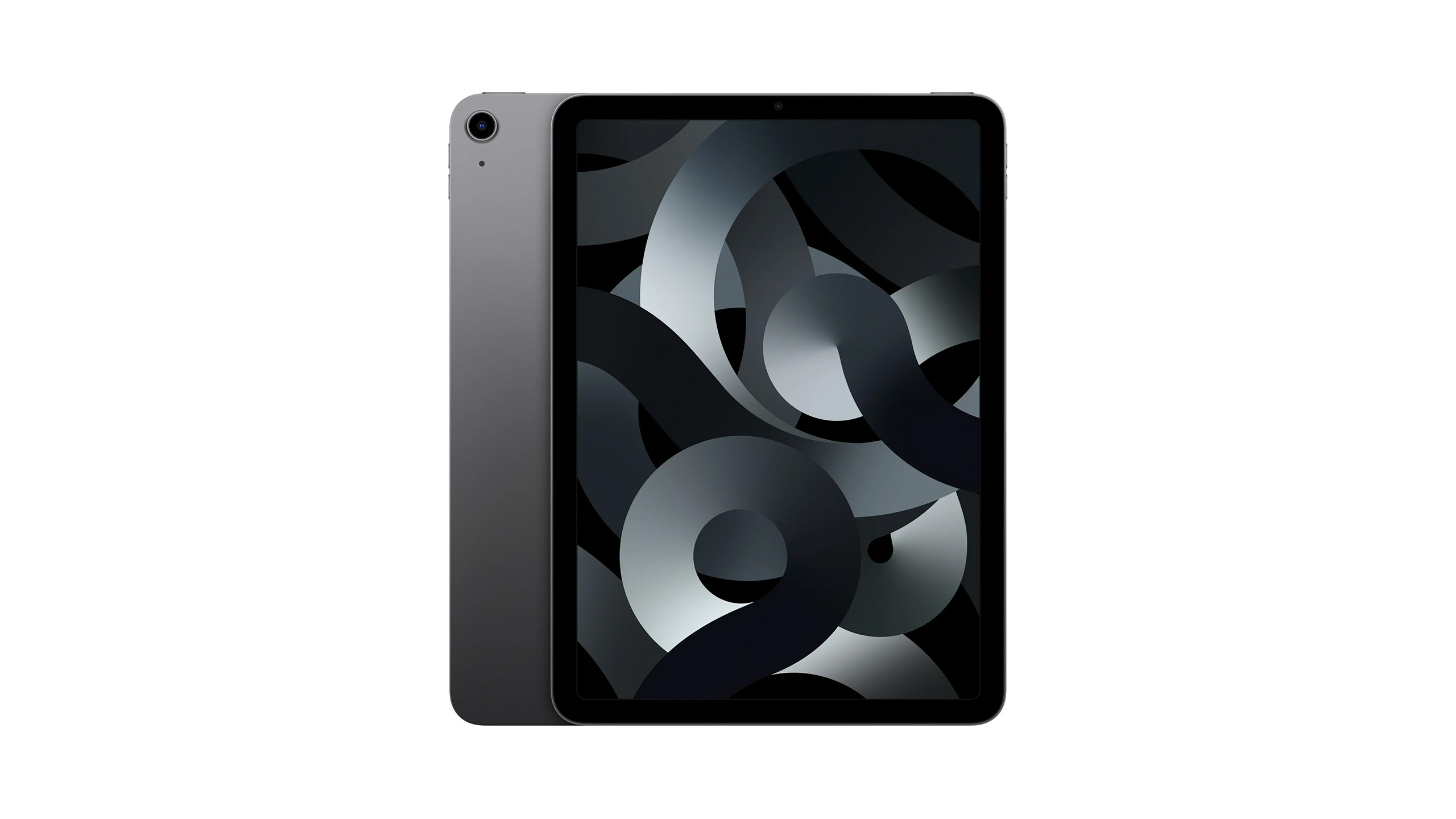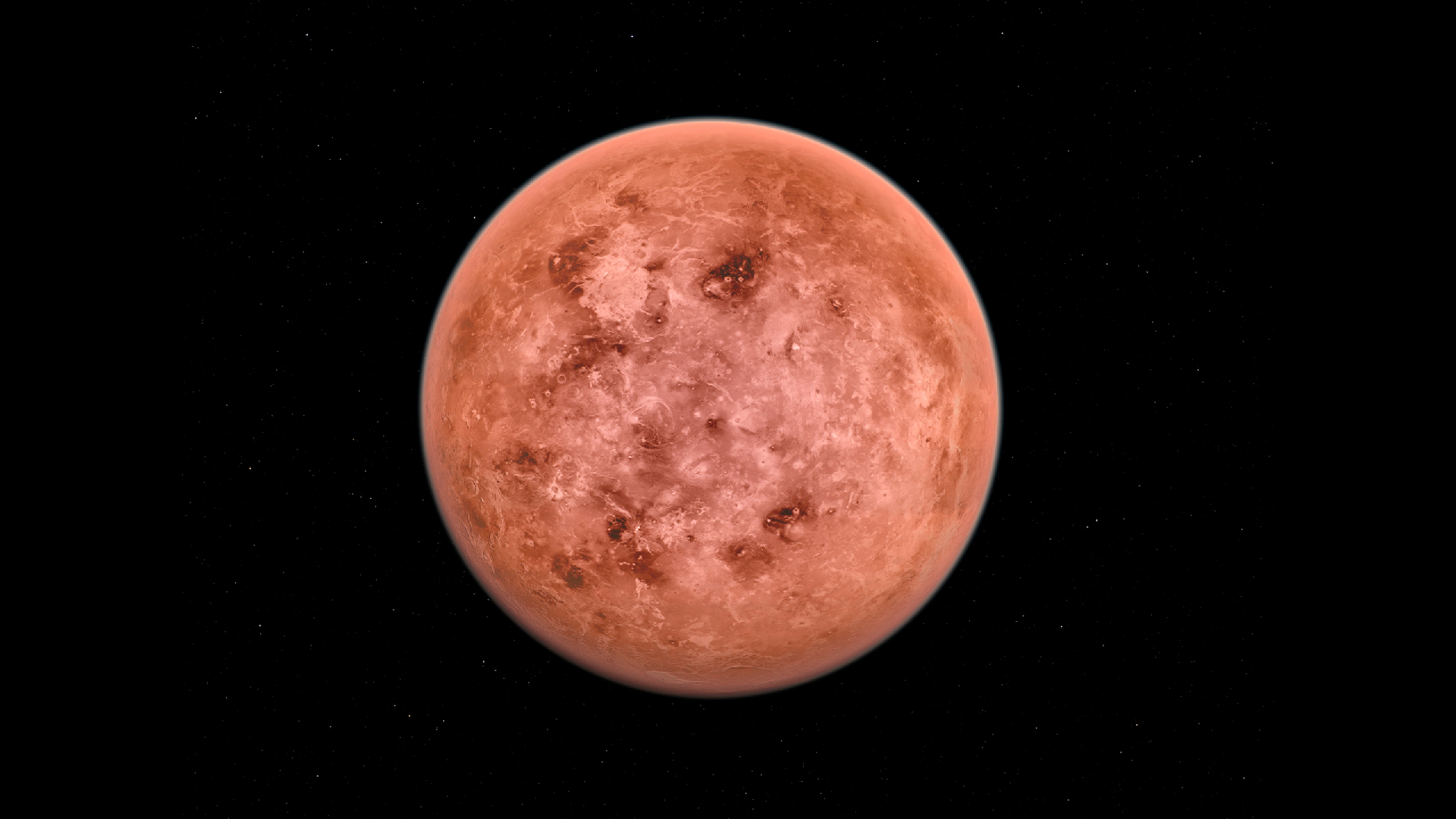Remote Sensing, Vol. 15, Pages 681: Interior and Evolution of the Giant Planets
Remote Sensing doi: 10.3390/rs15030681
Authors: Yamila Miguel Allona Vazan
The giant planets were the first to form and hold the key to unveiling the solar system’s formation history in their interiors and atmospheres. Furthermore, the unique conditions present in the interiors of the giant planets make them natural laboratories for exploring different elements under extreme conditions. We are at a unique time to study these planets. The missions Juno to Jupiter and Cassini to Saturn have provided invaluable information to reveal their interiors like never before, including extremely accurate gravity data, atmospheric abundances and magnetic field measurements that revolutionised our knowledge of their interior structures. At the same time, new laboratory experiments and modelling efforts also improved, and statistical analysis of these planets is now possible to explore all the different conditions that shape their interiors. We review the interior structure of Jupiter, Saturn, Uranus and Neptune, including the need for inhomogeneous structures to explain the data, the problems unsolved and the effect that advances in our understanding of their internal structure have on their formation and evolution.

 1 year ago
31
1 year ago
31


